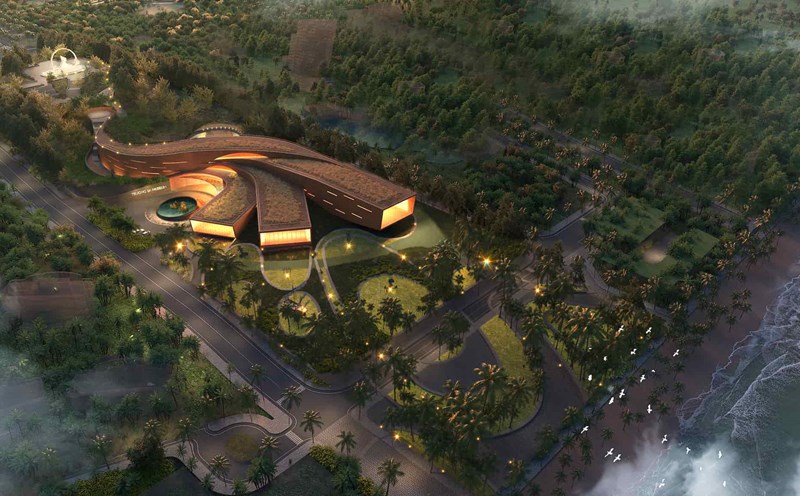On June 2, the Department of Culture and Sports of Ninh Binh province said that the unit had just coordinated with the Institute of Archaeology and Trent University ( Canada) to organize a conference to report the preliminary results of the excavation in the area of Ba Ngo pagoda, Truong Xuan village, Truong Yen commune.
The excavation hole was conducted on an area of 32m2 in the rice field near Ba Ngo pagoda. Through the excavation process, scientists have collected thousands of artifacts including: Pottery, mortar, brick, tiles; Iron furnace waste, finished iron pieces; Wood sample, tree seeds, plant specimens; Rough glass pieces, animal bones...
All artifacts are identified to date from the Dinh - Le Dynasty, i.e. the 10th century.
According to experts, the excavation area is in flooded areas, so the conditions for preserving artifacts are still quite good. Notably, the appearance of gold rushes, finished iron and raw glass shows signs of production, trading and goods exchange activities here - this contributes to adding new understanding about the lives of ancient Hoa Lu residents.
It is expected that the artifacts will continue to be classified by age and function, serving in-depth analysis to clarify the role of the Truong Xuan area in the Hoa Lu urban space of the Middle Ages.
Previously, in June 2024, a hole excavated near the current location also revealed traces of the iron furnace and daily activities of residents during the Dinh - Le Dynasty.
The consecutive discovery of important relics in Truong Yen commune is opening up a new approach in research on urban structure and material life of the Hoa Lu capital in the 10th century.











